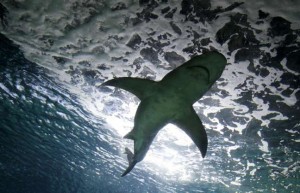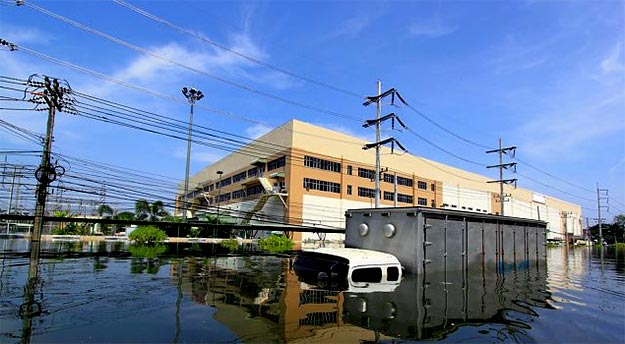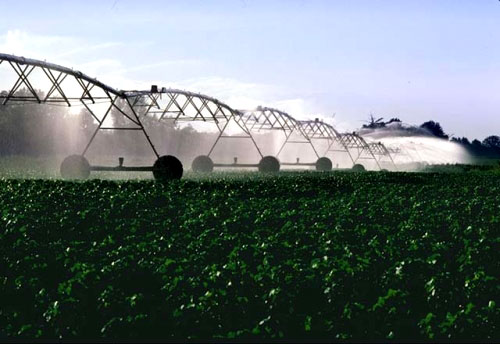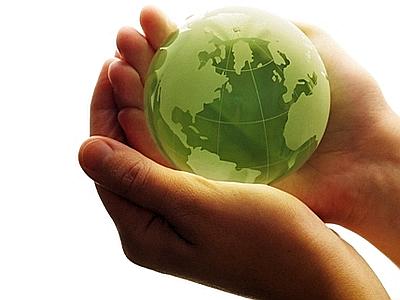 University at Albany climate scientist, Mathias Vuille, will lead the development of a network of local scientists and stakeholders in four South American countries to address the impact on water supplies of shrinking glaciers in the Andes.
University at Albany climate scientist, Mathias Vuille, will lead the development of a network of local scientists and stakeholders in four South American countries to address the impact on water supplies of shrinking glaciers in the Andes.
A number of studies in recent years have documented the general retreat of glaciers in the Andes. As a result, water managers and decision makers are increasingly asking the scientific community for quantitative projections regarding future water supply.
According to Vuille, an assistant professor in the Department of Atmospheric and Environmental Sciences at UAlbany, the four countries – Colombia, Ecuador, Peru, and Chile – all rely to a great extent on water released by glaciers. Warming temperatures, however, have resulted in significant glacial retreat, shrinkage and thinning, and the situation suggests the potential for a severe future water crisis in the region. Read more





